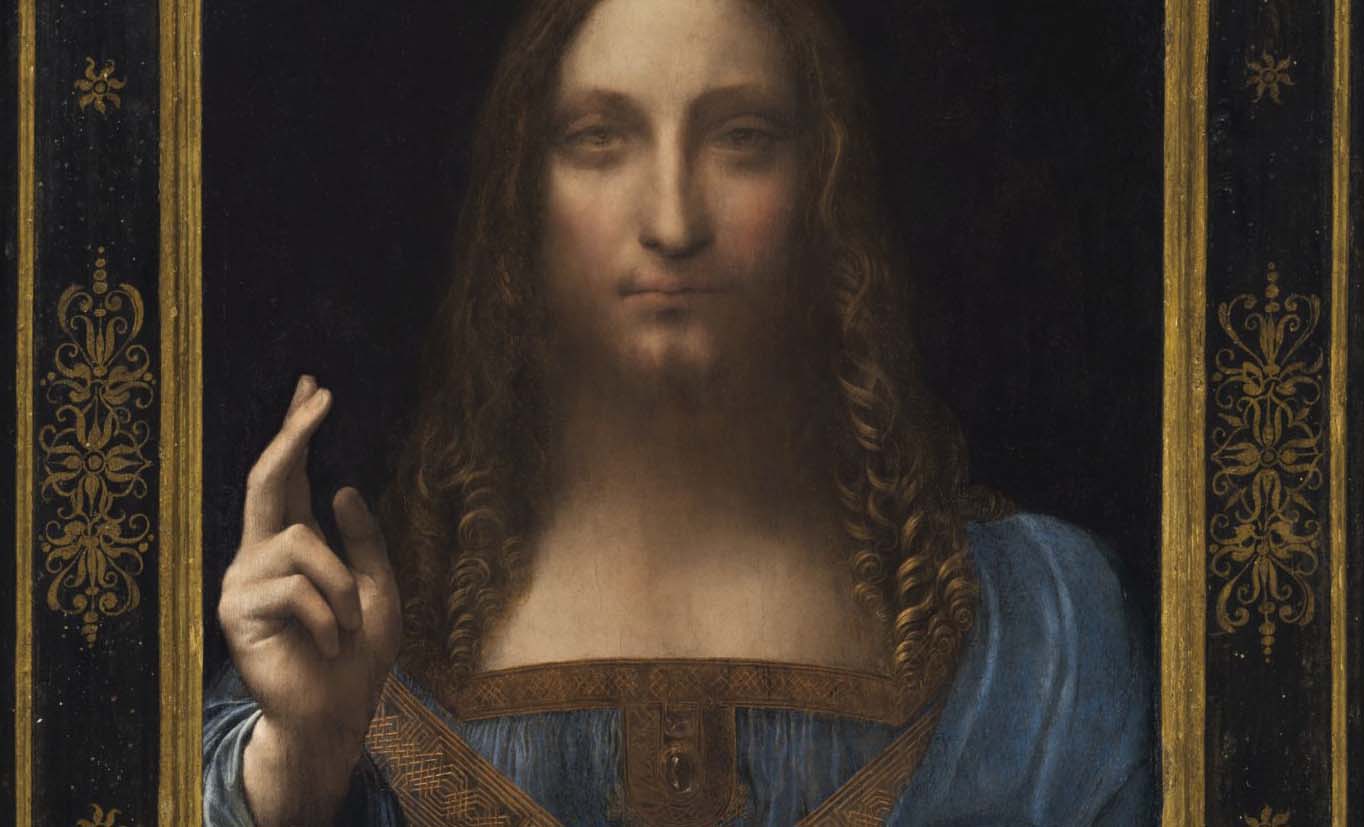As with many other true geniuses, such as Nikola Tesla, as time passes, the mystery of their other-worldly abilities only deepens. Contributing to this is the advancement of science, which provides new insights into these remarkable people.
Da Vinci is always a good example of this. Many headline-grabbing theories have emerged over the years, mostly around Mona Lisa and The Last Supper. Was the model for Mona Lisa originally a man? Is The Last Supper actually a painting within a painting, which when inverted depicts a female figure cradling a baby? Is there a Knight Templar at the end of the table?
It’s a fun debate to have, but it is, of course, a testament to his genius that more than 500 years after his death, we are using technology to try to uncover some of these enigmas.
For this issue, we will focus on the possibility that da Vinci suffered with an eye disorder, namely strabismus, and that this may have contributed to his unique masterpieces. Specifically, it is claimed that he had intermittent exotropia, which is in fact the most common form of strabismus. With intermittent exotropia, one of the eyes, or alternate eyes, deviate.
The authors of a 2019 paper, published in JAMA Ophthalmology, examined six likely works of art and self-portraits. These consisted of two oil paintings, sculptures, and two drawings by da Vinci and included David by Andrea del Verrocchio, a bronze sculpture said to be a depiction of a young da Vinci, and Salvator Mundi by the man himself.
The researchers built circles and ellipses around the irises, pupils, and eyelids and measured their relative positions. They concluded that the resulting measurements were consistent with a diagnosis of strabismus. Specifically, they observed that the works in which the eye-gaze is identifiable showed that most of the paintings suggested a consistent exotropic strabismus angle of -10.3°.
“The weight of converging evidence leads to the suggestion that da Vinci had intermittent exotropia with the resulting ability to switch to monocular vision, which would perhaps explain his great facility for depicting the three-dimensional solidity of faces and objects in the world and the distant depth-recession of mountainous scenes,” wrote the authors.
They postulated that this helped da Vinci translate the images from his mind onto canvas with a depth perception and view of the world that is unavailable to the rest of us. Think of the iconic image of the artist in front of their painting, with one eye closed and a thumb held up in their field of vision. Simply put, he had superior ability to capture space and depth on a flat canvas.
If da Vinci did indeed have the condition, he may be in similarly illustrious company. Separate research has strongly suggested that Degas, Durer, Rembrandt, and Picasso also had some type of strabismus.
Lead author Prof Christopher Tyler (PhD) is something of an authority on the da Vinci visual enigma. He has studied da Vinci’s life for more than 25 years and is Professor of Visual Science at the City University of London. He told The Washington Post at the time the research was released: “When they’re in that condition [strabismus]… the image they’re seeing is much closer to what they want to paint on the canvas.” Works by the artist, and those thought to be depicting him, often display one of the eyes diverted, said Prof Tyler. “There’s a weight of evidence in all these portraits that tends to add up to something meaningful.”
It may also add up to the possibility that people with strabismus have an advantage when it comes to art and to translating their 3D visions onto a 2D canvas.













Leave a Reply
You must be logged in to post a comment.